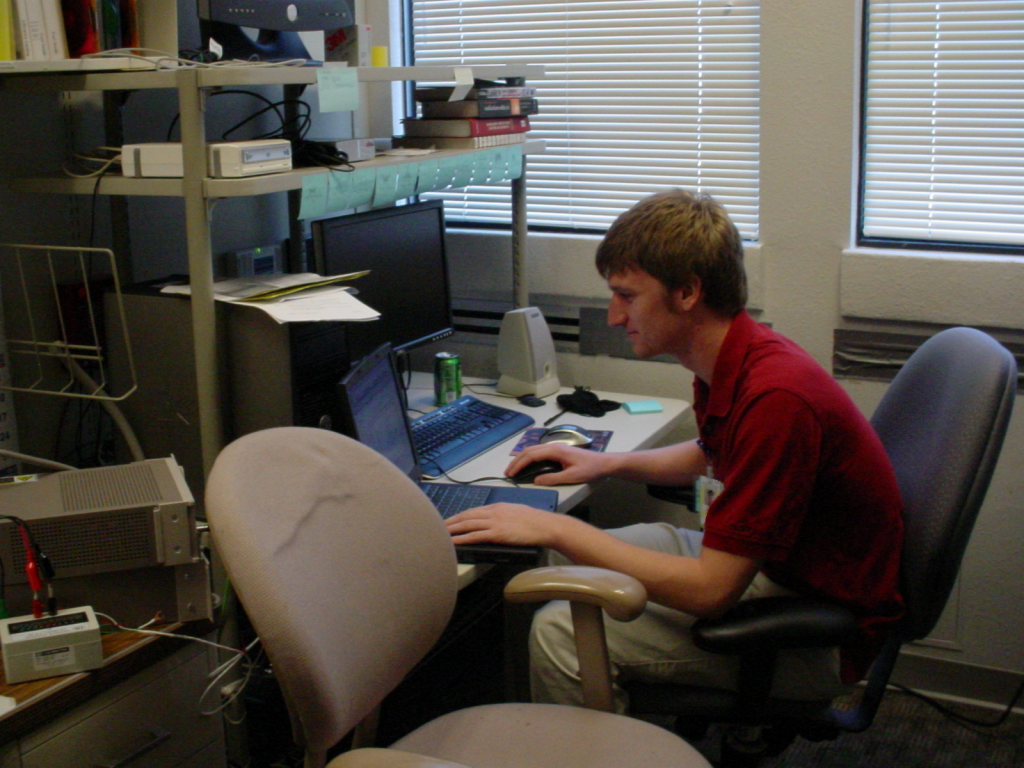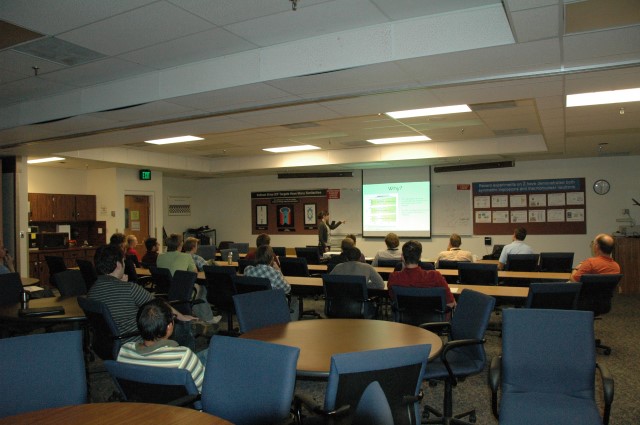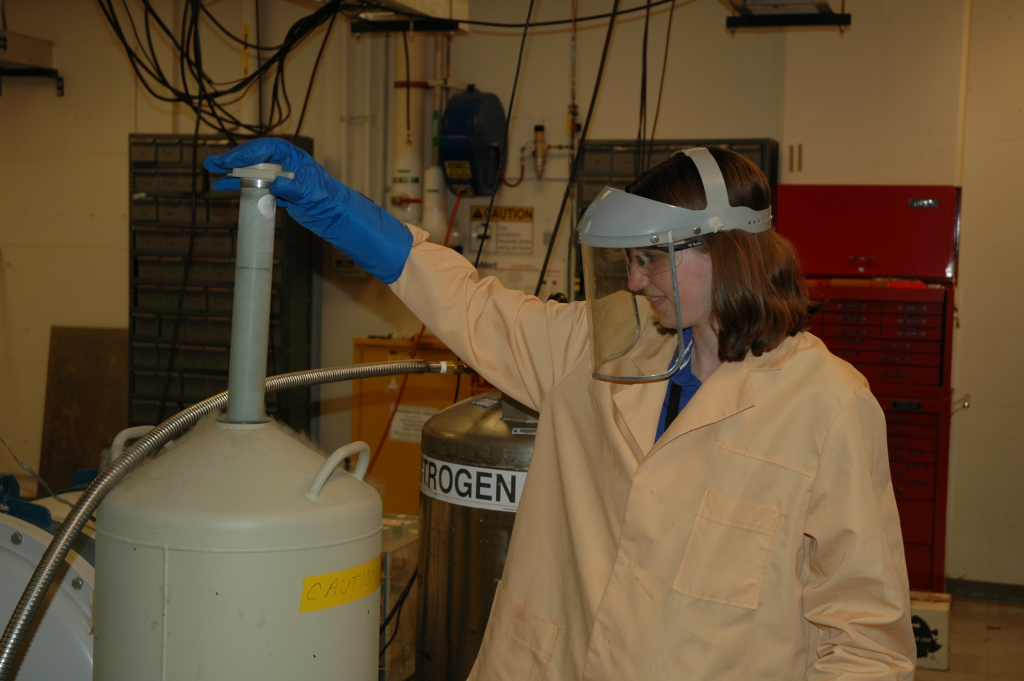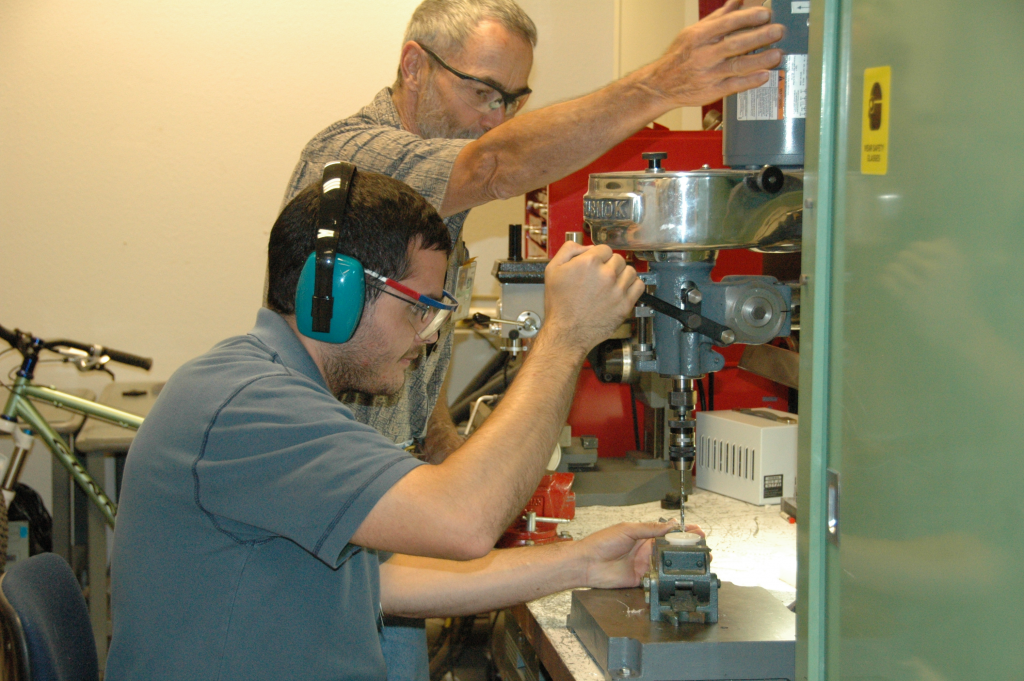Current Openings
- Intern, R&D Undergraduate Summer - Science of Extreme Environments Res...
- Intern, R&D Graduate Summer - Science of Extreme Environments Research...
- Intern, R&D Undergraduate Summer - Science of Extreme Environments Res...
- Intern, Technical Undergraduate Summer - Science of Extreme Environmen...
- Intern, R&D Graduate Summer - Science of Extreme Environments Research...
- No jobs currently listed for this location.
- No jobs currently listed for this location.
Overview
The Science of Extreme Environments Research and Innovation (SEERI) Program philosophy is to foster the search for future researchers, engineers, and operators in radiation effects, pulsed power, and high energy density sciences. SEERI works to help cultivate an environment to excite and attract talented future scientists, physicists, and engineers within in these disciplines by maximizing engaging opportunities to contribute to the nation through the unique access to facilities, resources, and broad programs found only at Sandia National Laboratories.
Students are offered hands on flexible, challenging, interesting, and cutting edge research opportunities while being mentored by Sandia National Laboratories scientists and engineers. These hands on experiences are supplemented with technical seminars and facility tours which expose students to the broad range of engineering and scientific disciplines represented at Sandia. Student Interns are provided the opportunity and encouraged to present their work and accomplishments to their peers and the Sandia scientific community every August. In some cases students are asked to present their work at professional conferences.
What You Gain
- Exposure to the many job opportunities at Sandia National Laboratories
- Hands on research and data collection experience
- Technical research paper publication
- Mentoring from Sandia National Laboratories staff
Project Types
Potential projects available for student interns include the following:
- Setting up and testing a dynamic ellipsometry diagnostic for gas gun and pulsed power platforms
- Code development and modeling support for radiation transport and radiation effects
- Use of quantum molecular dynamics codes based on density functional theory
- Development and application of a broad range of experimental tools to assess the performance of materials and electronics in severe radiation environments
- Modeling radiation interactions in semiconductor devices such as diodes, bipolar transistors, and field effect transistors
- Investigate physics of coupling laser energy to deuterium fuel for Sandia’s magnetized liner inertial fusion (MagLIF) concept using hydrodynamic simulation codes and developing theoretical models
- Modeling and simulation support of high-pressure shock physics or laboratory magnetic field applications
- Analysis of dynamic materials experiments performed on the Z accelerator
- Solve plasma transport issues
Past SEERI student projects
- Radiation effects studies with ion photon emission microscopy
- Modeling a magnetically confined plasma
- Photonic Displacement Interferometry (PDI)
- Plutonium containment in the Z machine
- Spectral unfolding using processed pinhole images
- Implementation of new transport methods in a developing radiation transport code
- Implementation of new features in a production radiation transport code
Program Details
| Location | New Mexico |
| When Offered | Year Round Summer |
| Level | Undergrad Graduate |
| Discipline | Physics (Plasma, Nuclear, Inertial Fusion) Engineering (Mechanical, Electrical, Nuclear) Computer Science Mathematics Radiation Effects Science |
| Desired Skills | Programming and computer skills Experience executing experiments on pulsed power facilities Knowledge of Z-pinch physics Experience with electronic imaging Data analysis skills Experience with radiation transport |
Application procedure
- Use Sandia’s Careers tool to create a username and password.
- Enter “SEERI” into the Keywords text field, and click Search.
- Browse the list of SEERI intern openings.
- Complete an online application for a specific intern opening
Detailed instructions for using Sandia’s Career tool to apply for a position are also available.





